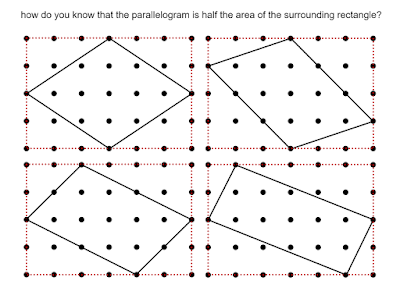Unfortunately, my father Don Steward passed away from Covid-19 on 3rd May 2020.
Throughout his working life he was passionate about improving the teaching of mathematics and has requested that all of his work remains freely available.
As per his wishes, I have uploaded all of his work to this Blog in the pages section which contains links to google drive where slides and presentations can be downloaded for free.
Don has also requested that those who use his work make a discretionary donation to charities supporting education in Africa.
We have set up a Justgiving fundraising page to support this wish below:
https://www.justgiving.com/fundraising/jessesteward
Many thanks for all of the kind messages we have received which are of great comfort to myself and the family.
Kind regards,
Jess






















































